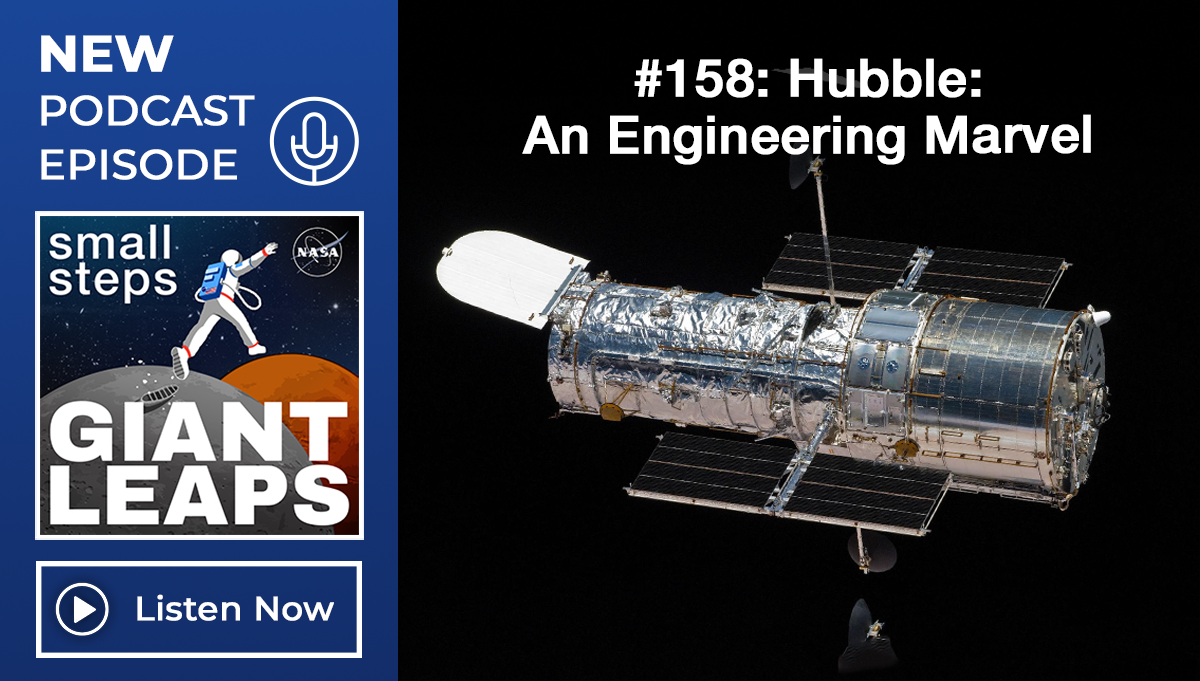By Jerry Mulenburg People make decisions, and people are fallible. So how can we make the best decisions in a particular situation given the information available? Crew resource management techniques designed for aircraft emergencies can help.
ask
Don Cohen, Managing Editor In his article on a technique devised to help pilots and others deal with emergencies (“Crew Resource Management Improves Decision Making”), Jerry Mulenburg sums up the core actions of crew resource management as “see it, say it, fix it.”
By Ed Hoffman Throughout the past year, I have seen organizations, leaders, and managers wrestle with challenges brought on by economic, political, technological, and organizational change.
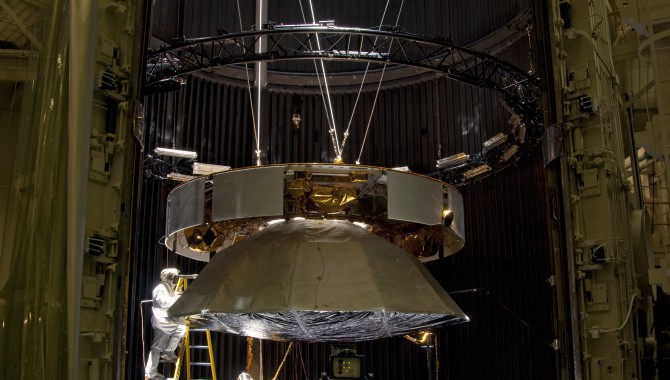
By Richard Cook One of NASA’s great strengths over the past fifty years has been our ability to execute complex, one-of-a-kind projects.

By Haley Stephenson To a rocket scientist, you are a problem. You are the most irritating piece of machinery he or she will ever have to deal with. You and your fluctuating metabolism, your puny memory, your frame that comes in a million different configurations. You are unpredictable. You’re inconsistent. You take weeks to […]
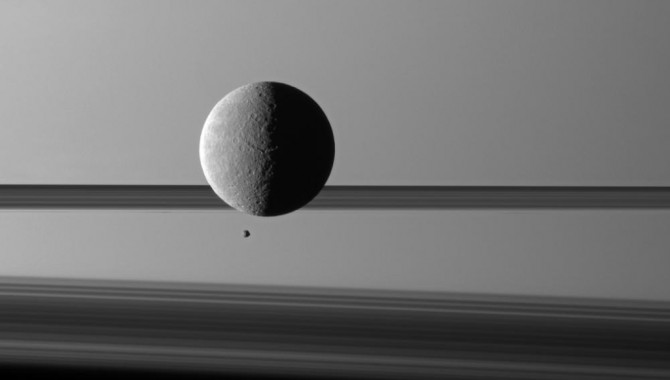
By Brent Buffington Cassini-Huygens, a joint mission between NASA, the European Space Agency, and the Italian Space Agency, has roamed the Saturnian system for the better part of six and a half years.
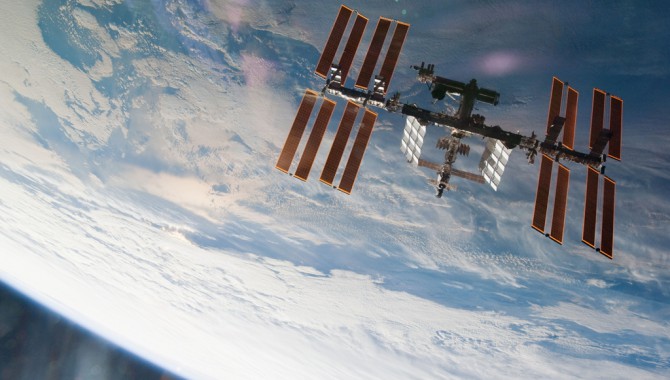
By Jason Crusan, Marybeth Edeen, Kevin Grohs, and Darren Samplatsky What began as conversations between NASA and Hamilton Sundstrand managers grew into an idea to develop a piece of spaceflight hardware with minimal NASA oversight.
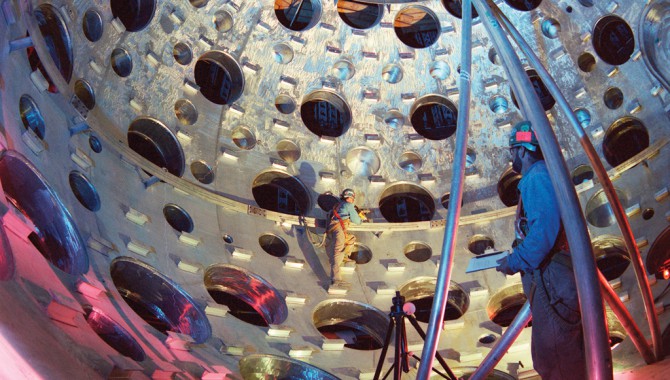
By Matthew Kohut The National Ignition Facility (NIF) is home of the world’s largest laser. With 192 laser beams that can deliver more than sixty times the energy of any previous laser system, NIF represents a significant step in enabling the study of high-energy density science. The design and construction of this unique, highly complex […]
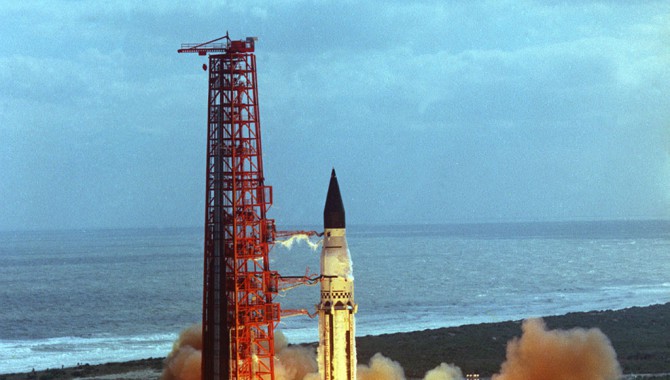
By Russel Rhodes The Centaur program, which developed a high-energy second-stage rocket in the early sixties, marked NASA’s first effort to use large quantities of liquid hydrogen.




